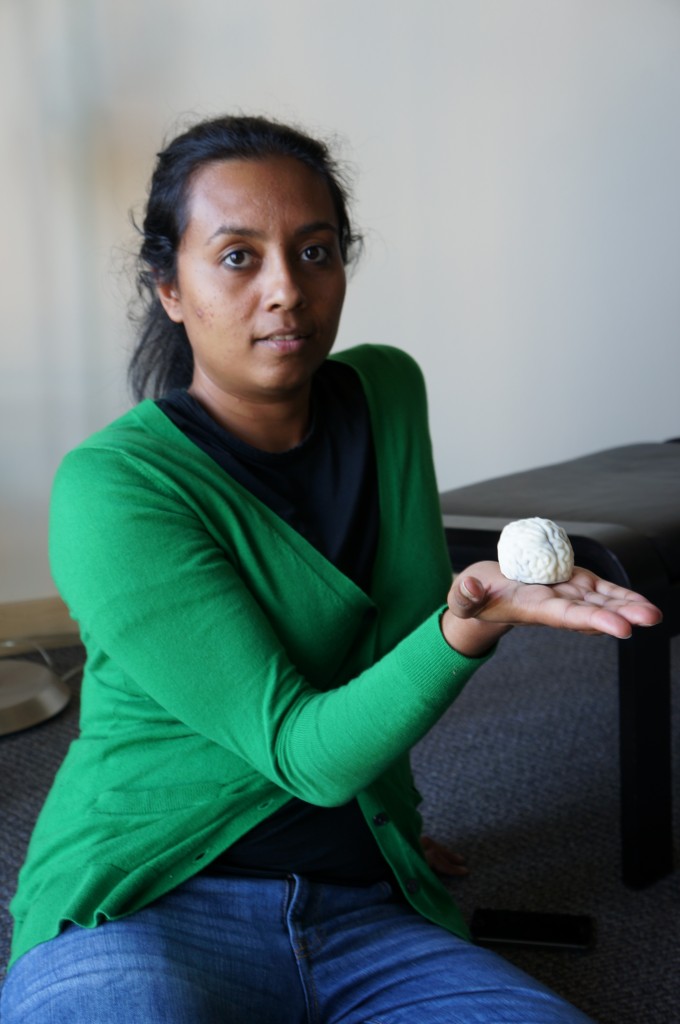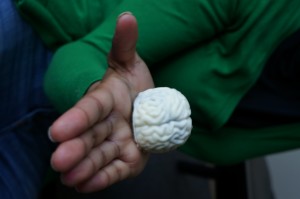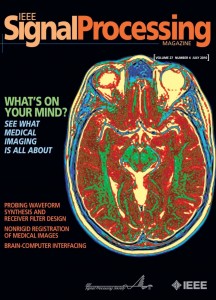
I’m happy to announce that I’ll be joining Whip Media Group as Senior Machine Learning Engineer. I’d like to thank the team at Whip for allowing me to join them in this new step of their journey. In particular, Rob, Jason and Parker who have given me an amazing opportunity to push the technological envelope and the potential to revolutionize how an industry will function.
It’s been quite a trip with Voxel Healthcare and I wish Natasha, Niharika and David all the best as they continue with the company’s startup efforts. It will be my first departure from the Healthcare, in particular the Medical Imaging Analytics / AI space, which I have loved and continue to be very optimistic about the social good that these technologies will bring. I’m excited to see that projects that I worked on earlier such as Autoscope have continued on its path to commercialization.
I’m very excited to be joining a new industry and one that I’ve been so physically close to – having lived in Los Angeles throughout my PhD and during my time with Voxel Healthcare. I’ll also be joining a well established all star data science & data engineering team that has already done some groundbreaking work in the media space. In particular, I’m thrilled to see how predictive analytics can be tied to improving market pricing and efficiency in the media market where pricing can be difficult. I believe that this would mean a better consumer experience and an ability for content providers to offer a more targeted variety of media.
For consumers, check out the company’s TV Time app! It helps solve the difficult task of finding those gems amongst all the crazy amount of content out there and across so many streaming services. The app helps track your viewing across all the platforms so that it can make better recommendations. It even allows you to follow what your friends are watching, share your viewing experience and allow you to react to cliff hanger episodes from your couch while practicing social distancing.
A big thank you to all of you have support me through out my career, I could not have taken this next step without you. To all my students and teachers (many of you are both), you have all inspired me to continue to challenge yourself in this journey called life. I hope my work will inspire you to do the same.








